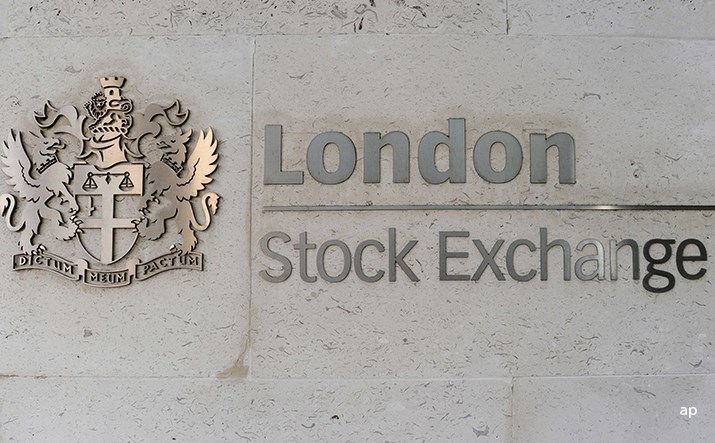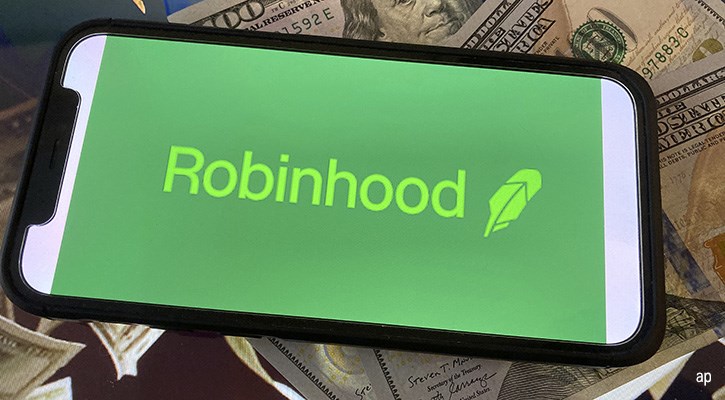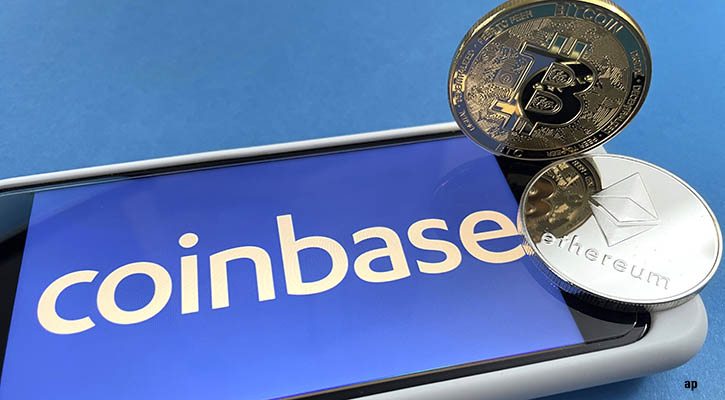
IPOs have burst back into life this year in the UK and US, with some high profile names like Robinhood, Coinbase and Deliveroo going public. The first trading day often attracts the most excitement, but the sequence of events leading up to this is often misunderstood by investors.
Here's how it roughly works:
Stage 1: Intention to Float
This is the equivalent of a starting gun being fired, with the company making an official announcement of an “intention to float”.
Stage 2: The Publication of the Prospectus
At this stage, the company is hoping to create a buzz around its IPO. It publishes a prospectus, which is designed to market the company’s prospects in the best possible light.
Pre-internet, a glossy brochure would arrive through the post touting the company’s wares and a prospective investor would have plenty of time to flick through it. Nowadays companies assume you can access the information quickly and electronically. Not all IPOs keep an allocation of shares for retail investors though.
Stage 3: Price Range
This is a key stage as it gives investors an idea of the rangeof the price at which the company's shares will list. This indicates the valuation of the firm at the point it goes public. This is usually accompanied by a notification about how many shares will be issued – as the founders/backers will be selling a percentage of the company rather than the whole lot. After all, they want to participate in the future success of the company they built.
UK companies listing on the stock market have to offer at least 25% of the shares available, which is known as the “free float”. Just to confuse matters further, the price range can change again before the official price is confirmed - this is usually a narrowing of the "spread" between the bottom and top end of the price range.
Stage 4: Price and Allocation is Confirmed
This is important as it gives an idea of how much demand there has been for the shares since the price was revealed. Usually this will be reported as the IPO “being priced at the bottom/top of the range”.
A float priced near the top often tees up a successful first day's trading for the shares at least. Those investors who have been successful in getting some or all of the shares they applied for will be notified at this point.
Stage 4: Conditional Dealing
Here’s where it gets interesting: conditional dealing is where the shares start trading before they hit the stock market - this isn’t the actual IPO itself. Some shares jump at this stage, but others go in the opposite direction (like Deliveroo).
This is the time that institutional investors like fund managers and pension funds start trading the shares. Retail investors can’t buy or sell at this stage, but these trading days do offer an insight into the demand and pricing levels ahead of the next stage. Conditional dealing typically lasts three trading days and the price the shares reach tees up the next stage.
Stage 5: Unconditional Dealing
This is D-Day, when the shares go live and any investor can get involved. Curious investors may note that the price on the first isn’t the same as the “offer price” – this is because demand for the shares may have moved the price in the interim (as was the case with Deliveroo). Some shares rise sharply on the first day - social media firm Twitter's shares surged 70% on the debut day, for example.



























